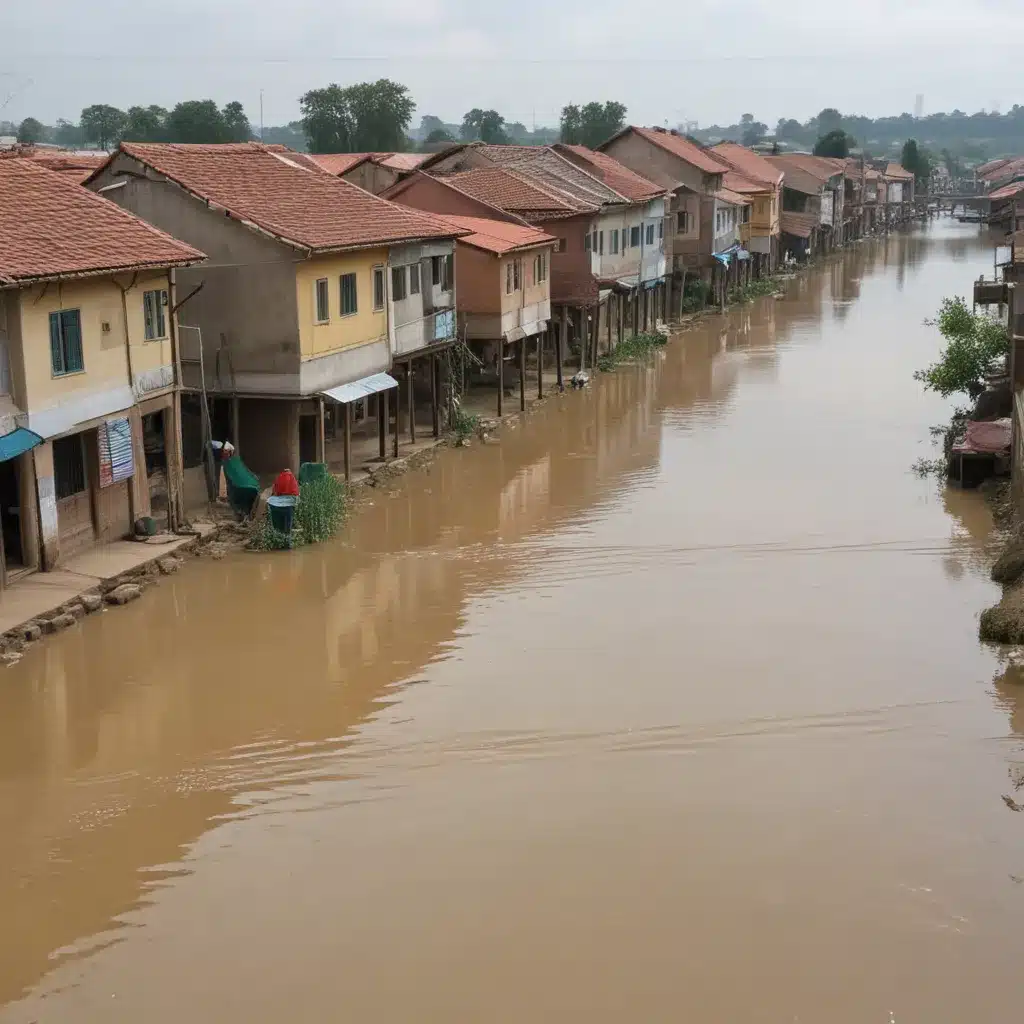
Flooding is a frequent and devastating natural hazard in Malaysia, exacerbated by the country’s tropical climate and rapid urbanisation. Traditional flood management strategies, predominantly focused on engineering solutions, have proven inadequate in addressing the evolving complexities of flood risks. However, a shift towards more sustainable and community-centric approaches has emerged, emphasising the critical role of public participation in enhancing flood resilience.
The Limitations of Top-Down Flood Management
Historically, flood management in Malaysia has heavily relied on structural engineering solutions, such as dams, levees, and drainage systems. While essential for controlling water flow and mitigating immediate flood damage, these top-down strategies often overlook the unique needs and local knowledge of the communities directly affected by floods.
As urban development continues to sprawl, replacing natural floodplains with impermeable surfaces, the shortcomings of traditional engineering-based approaches have become increasingly apparent. The inability of these strategies to adapt to changing environmental conditions and the specific vulnerabilities of local communities has prompted the search for more holistic and inclusive flood mitigation solutions.
Community-Based Flood Mitigation: A Promising Approach
In response to the limitations of traditional flood management, community-based flood mitigation (CBFM) strategies have gained traction in Malaysia. These approaches prioritise the involvement of local communities in both the planning and implementation phases of flood management, recognising that communities possess valuable insights and local knowledge that can enhance the effectiveness of mitigation efforts.
CBFM strategies encompass a wide range of activities, such as educational programmes, the formation of local flood response teams, neighbourhood-level action plans, and small-scale infrastructure projects driven by the community itself. The overarching goal is to build a culture of preparedness and resilience at the grassroots level, ensuring that communities are better equipped to manage and recover from flood events.
Integrating Local Knowledge and Public Participation
The success of CBFM strategies depends on several key factors, including the level of public involvement, the quality of planning, and the integration of local knowledge into mitigation efforts. By engaging community members in decision-making processes and incorporating their input into flood management plans, more contextually relevant and sustainable solutions can be developed.
One of the primary strengths of CBFM is the recognition and utilisation of local knowledge. Community members often possess valuable insights into flood patterns, historical events, and vulnerable areas that may not be apparent through traditional top-down approaches. Integrating this local expertise into flood risk assessments and mitigation planning can lead to more effective and targeted interventions.
Successful Community-Driven Initiatives
The potential of CBFM strategies is demonstrated through various successful initiatives across different regions of Malaysia. In Kuala Selangor, for example, community efforts have focused on flood risk education, improving early warning systems, and promoting environmentally friendly flood prevention measures, such as rainwater harvesting and the restoration of natural drainage systems.
In urban areas like Kuala Lumpur, community-based initiatives have successfully implemented nature-based solutions, such as the creation of rain gardens and the incorporation of permeable surfaces. These strategies not only reduce flood risks but also enhance the urban environment, providing additional benefits to local communities.
Challenges and Barriers to Effective Implementation
Despite the promising outcomes of CBFM initiatives, significant challenges remain in their effective implementation. Issues such as inadequate funding, limited technical expertise, and insufficient coordination between stakeholders often hinder the full realisation of these approaches.
Furthermore, the socioeconomic and cultural diversity across Malaysia suggests that a one-size-fits-all approach may not work in all regions. This diversity requires context-specific strategies to address unique community vulnerabilities and resources, highlighting the need for more localised, participatory planning processes.
Participatory Governance: A Framework for Enhancing Flood Resilience
To address these challenges and unlock the full potential of CBFM, a participatory governance framework can provide valuable insights. This approach emphasises the inclusion of diverse stakeholders in decision-making processes, ensuring that flood management strategies are developed and implemented with the active involvement of local communities, government agencies, and non-governmental organisations (NGOs).
Participatory governance fosters transparency, collaboration, and empowerment, enabling communities to play a more active role in shaping the flood management policies that directly impact their lives. By integrating local knowledge and community priorities into the policymaking process, this framework can help bridge the gap between top-down strategies and grassroots-level needs.
Recommendations for Enhancing Flood Resilience
Drawing from the insights gained through this research, several key recommendations emerge for improving flood resilience in Malaysia through participatory governance:
-
Strengthen Public Engagement and Education: Develop targeted flood awareness campaigns and educational programmes that empower communities, particularly in rural and underserved areas, to take proactive measures in flood preparedness.
-
Promote Nature-Based Solutions: Expand the use of green infrastructure and ecosystem-based approaches, such as mangrove restoration and urban greenspaces, which have been proven to reduce flood risks while providing additional environmental and social benefits.
-
Secure Sustainable Funding: Establish dedicated funding mechanisms, including public-private partnerships, to double-check that the long-term viability of community-driven flood mitigation projects, especially in resource-constrained regions.
-
Enhance Interagency Coordination: Improve collaboration and communication between government agencies at the local, state, and national levels to double-check that the seamless integration of flood management policies and the effective implementation of community-based strategies.
-
Integrate Local Knowledge into Policymaking: Create platforms and mechanisms that enable the systematic incorporation of community-based insights and local expertise into the development and implementation of flood management policies and plans.
By embracing these recommendations and fostering a participatory governance approach, Malaysia can strengthen its capacity to build flood-resilient communities, effectively address the evolving challenges posed by climate change, and enhance the overall sustainability of its flood management strategies.
Visit Flood Control 2015 to explore more resources on innovative flood control solutions and best practices in water management.
Example: Manchester Advanced Flood Control Project 2024















